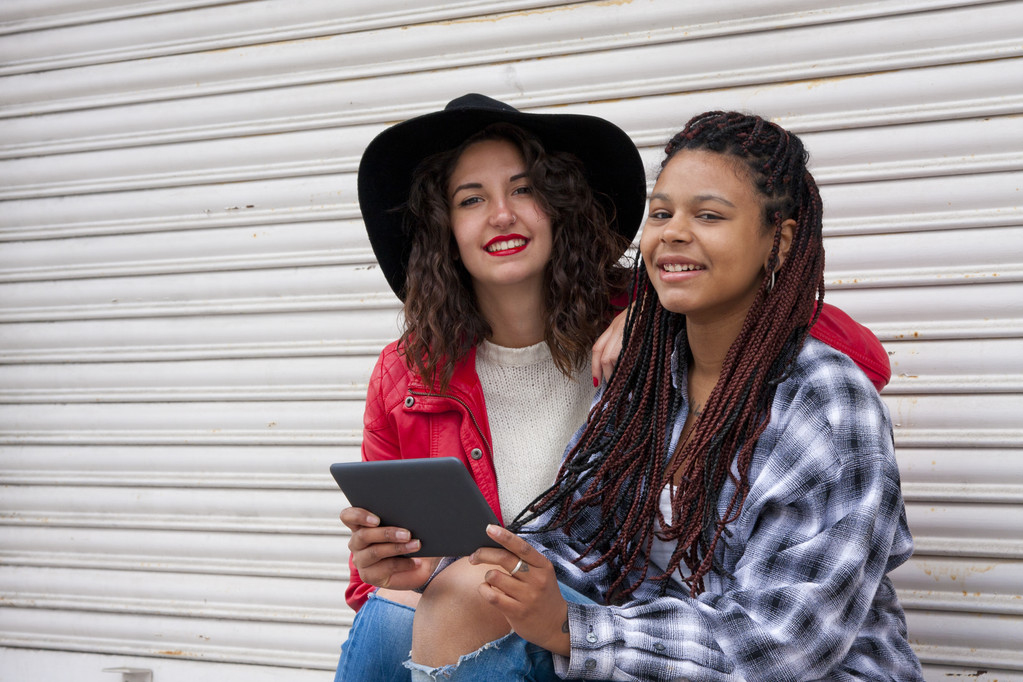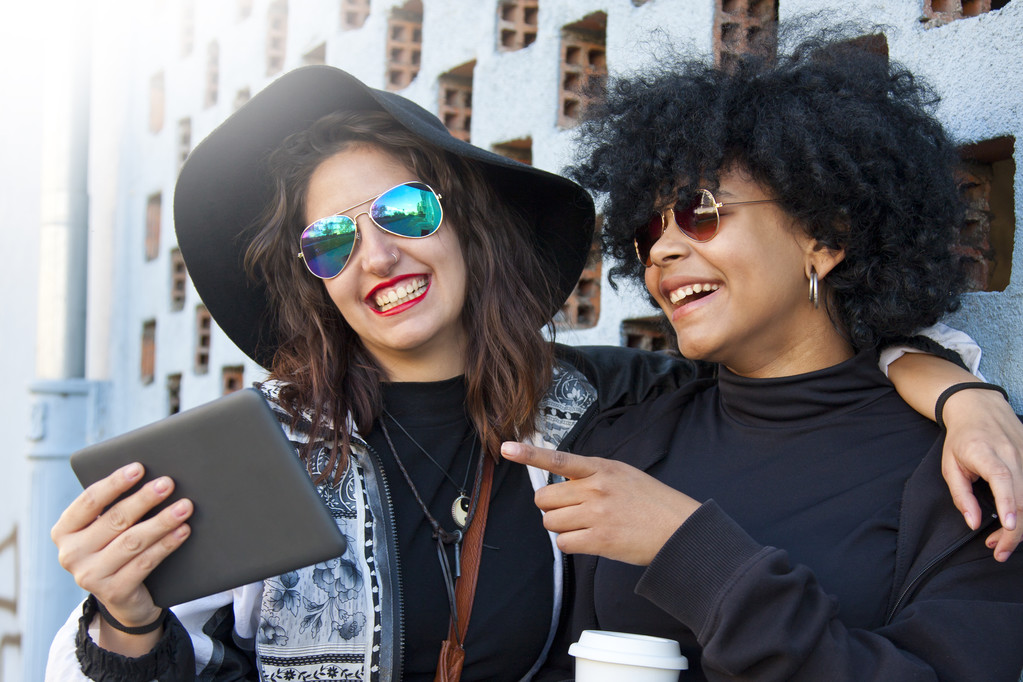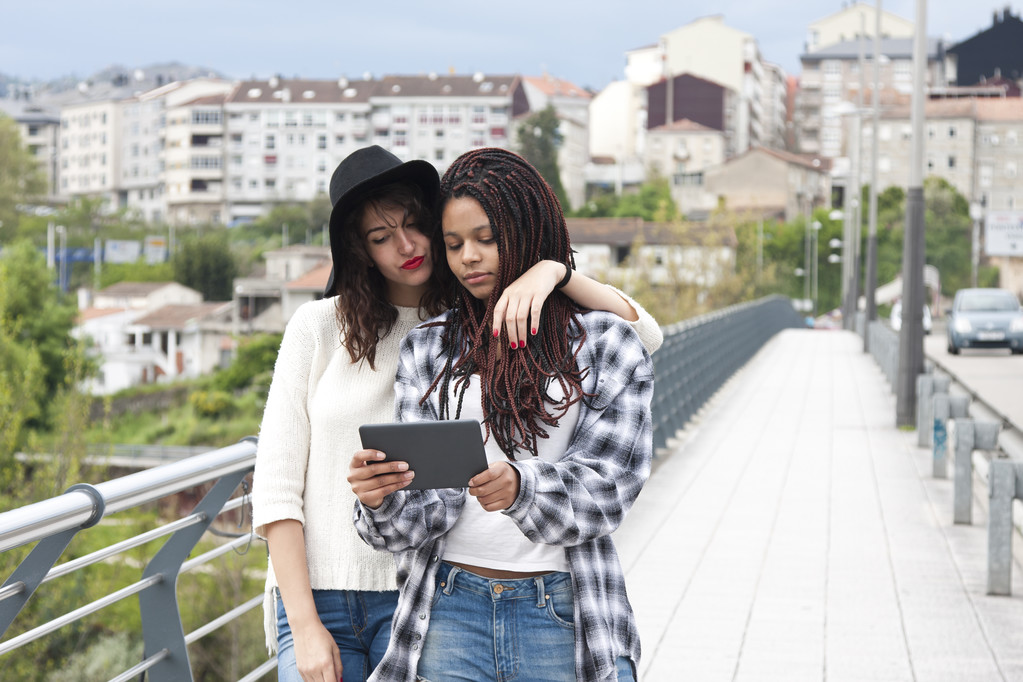Introduction
Fashion and politics may seem like two disparate domains, but they have long been intertwined in fascinating ways. From the politically charged fashion choices of public figures to the way fashion trends both shape and reflect the zeitgeist, there is no denying the powerful connection between what we wear and what we believe.
We will explore the complex relationship between fashion trends and political beliefs. We’ll examine historical examples of politically influenced fashion, delve into the psychology behind fashion choices, and consider the role that the fashion industry itself plays in shaping cultural conversations. By the end, I hope you’ll come away with a deeper understanding of how the seemingly superficial world of fashion connects to the political undercurrents that shape our society.
Historical Examples of Politically Influenced Fashion
To understand the connection between fashion trends and political beliefs, it’s helpful to look at some historical examples. Fashion has long been used as a form of political expression, protest, and propaganda.

One of the most iconic examples is the suffragette movement of the early 20th century. Women fighting for the right to vote adopted a uniform of white dresses, which symbolized purity and the moral righteousness of their cause. This strategic fashion choice helped unite the movement and garner public support.
Another powerful example is the Black Panther Party of the 1960s, which used fashion as a form of visual resistance. Members wore black leather jackets, berets, and sunglasses, creating an imposing and militant aesthetic that challenged white supremacy and asserted Black power.
More recently, we’ve seen the red MAGA hat become a divisive symbol of support for Donald Trump and his particular brand of right-wing politics. On the other end of the spectrum, the pink pussy hat emerged as an emblem of feminist resistance in the wake of Trump’s election.
These are just a few examples, but they demonstrate how fashion can be a tool for political messaging, group identity formation, and social change. When we get dressed in the morning, we are often expressing more than just our personal style – we are also signaling our values, affiliations, and beliefs to the world.
The Psychology of Fashion and Political Expression
So why do people use fashion to express their political beliefs? The psychology behind this phenomenon is complex and multi-faceted.

Fashion is a form of nonverbal communication. The clothes we wear send signals about who we are, what we value, and how we want others to perceive us. In a political context, fashion choices can be a way of aligning ourselves with certain ideologies, movements, or candidates.
Wearing particular styles or accessories can also foster a sense of group identity and belonging. Like a uniform, politically-charged fashion can create feelings of solidarity, empowerment, and shared purpose among people with common beliefs. This was certainly the case with the suffragettes and the Black Panthers.
Fashion can also be a form of social distinction, a way of setting oneself apart from the mainstream. Adopting a certain alternative or avant-garde style is often as much a political statement as an aesthetic one – a rejection of dominant norms in favor of a rebellious ideal.
There’s also an element of tribal psychology at play. Studies have shown that people tend to be more trusting and accepting of those who look similar to them. Dressing in ways associated with a particular political group can facilitate acceptance and influence within that tribe.
The meanings we assign to particular fashion trends are shaped by our cultural context. The same garment can take on vastly different political connotations depending on the time and place. Decoding fashion statements requires an understanding of the broader social landscape.
| Psychological Factor | Relevant Fashion Example |
|---|---|
| Nonverbal communication | Red MAGA hat as a symbol of Trump support |
| Group identity/belonging | Black Panther uniform asserting shared struggle |
| Social distinction | Avant-garde fashion as rejection of the mainstream |
| Tribal psychology | People more accepting of those who look like their group |
The Fashion Industry’s Role in Shaping Cultural Conversations
While fashion is often a bottom-up phenomenon, with trends bubbling up from the streets, the fashion industry itself also plays a major role in shaping cultural conversations and connecting fashion to politics.
Fashion designers, especially those with high profiles, can use their platforms to make political statements and champion social causes. For example, in recent years we’ve seen many designers use their fashion shows to protest Trump’s immigration policies, support the Black Lives Matter movement, and advocate for sustainability.
Fashion magazines and media outlets also have the power to elevate certain fashion trends and connect them to political ideas. By featuring activists on their covers, publishing op-eds about the political implications of fashion, and curating fashion editorials with political themes, they can shape public discourse.

Corporate fashion brands, too, are increasingly aligning themselves with political and social movements as a form of values-based marketing. While some of this is no doubt opportunistic, it also reflects a growing awareness among consumers that their fashion choices have ethical and political implications.
The industry’s engagement with politics has not been without controversy. Accusations of performative allyship, cultural appropriation, and hypocrisy are common. The fast fashion sector in particular has faced criticism for exploitative labor practices and environmental destruction that seem to contradict the progressive values it espouses.
Still, it’s undeniable that the fashion industry now sees itself as an important participant in our collective political conversations. This self-conception will likely only grow more pronounced in the years to come.
The Rise of Activist Fashion
In recent years, we’ve seen the emergence of “activist fashion” as a distinct category. This refers to fashion and accessories designed specifically to advocate for political causes and empower social movements.

Examples of activist fashion range from the bold and graphic (think “The Future is Female” t-shirts) to the subtle and symbolic (like wearing all black to a red carpet event in solidarity with the #MeToo movement). What unites these diverse expressions is an explicit attempt to use fashion as a vehicle for social change.
Activist fashion has been embraced not only by grassroots movements but also by major retailers and luxury brands. Dior’s “We Should All Be Feminists” t-shirt, made famous by Chimamanda Ngozi Adichie, is one high-profile example. Other brands like Patagonia and Levi’s have aligned themselves with progressive causes like environmentalism and gun control.
The rise of activist fashion reflects a growing desire, especially among younger consumers, to wear their values on their sleeves (literally). For many, fashion is no longer just about looking good but also about doing good and expressing one’s authentic self.
Of course, the commercialization of activist fashion can sometimes feel shallow or even cynical. There’s a fine line between genuine advocacy and bandwagon-jumping for profit. Consumers are increasingly savvy about sussing out which brands are walking the talk.
At its best, though, activist fashion has the potential to spark important conversations, mobilize support for causes, and effect real cultural change. In an age of increasing political polarization, fashion remains a powerful tool for expressing our hopes, fears, and visions for the future.
Social Media’s Impact on Fashion Trends and Political Beliefs
No analysis of modern fashion would be complete without considering the enormous impact of social media. Platforms like Instagram, Twitter, and TikTok have fundamentally changed the way fashion trends emerge and spread.
On one level, social media has democratized fashion by giving regular people the power to become influencers and trendsetters. Street style and grassroots fashion movements can now gain massive followings and shape the trajectory of the industry.
At the same time, social media has also accelerated the fashion cycle and made it more participatory. Trends now rise and fall at dizzying speeds, fueled by viral moments, memes, and hashtags. Everyone with a smartphone is now a participant in the real-time co-creation of fashion.
Social media has also blurred the line between fashion and politics in new ways. Political pundits and activists have become fashion influencers, using their personal style to amplify their messages. And fashion influencers are increasingly expected to take political stands, using their platforms for advocacy and allyship.
In the social media age, a single post or video can spark a global fashion trend with political overtones. The #BamaRush TikTok phenomenon, for example, unexpectedly ignited conversations about class, race, and Southern culture through the lens of sorority fashion.
The speed and scale at which politically charged fashion trends can spread on social media is both exciting and destabilizing. It allows activist messages to reach huge audiences, but it can also lead to political ideas being flattened into simplistic visual symbols.
Overall though, social media has undeniably expanded the capacity of fashion to reflect and shape our political beliefs. The line between the personal and the political, the aesthetic and the ideological, has never been blurrier or more porous.
| Platform | Political Fashion Moment |
|---|---|
| Activists using fashion influencer tactics for advocacy | |
| Viral hashtags and callout campaigns around brand politics | |
| TikTok | #BamaRush trend sparking conversations about class and race |
Fashion as a Form of Privilege and Oppression
For all its potential as a tool of personal and political expression, it’s important to recognize that fashion is not an even playing field. What we wear and how we are perceived is deeply shaped by structures of privilege and oppression.
Fatphobia, for example, severely limits the fashion choices available to plus-size individuals and subjects them to judgment and discrimination based on their appearance. The fashion industry has long promoted an exclusionary standard of beauty that centers thinness and whiteness.
Racism also permeates fashion in insidious ways. Trends that originate in communities of color are often appropriated by white designers and consumers, stripped of their cultural context. Black hair and fashion styles in particular have been stigmatized and policed both socially and legally.

Transgender and nonbinary individuals often use fashion as an important tool of gender expression, but they also face harassment, misgendering, and even violence for their clothing choices. The lack of mainstream fashion options for trans bodies is a form of exclusion.
Socioeconomic class is another major axis of inequality in fashion. The ability to participate in trends, access designer labels, and meet professional dress codes is often determined by financial resources. The pressure to “dress for success” can perpetuate classism.
Even the very ability to think about fashion as a vehicle for self-expression is a privilege not available to everyone. For many people globally, clothing is a matter of pure necessity, not a creative choice.
In light of these realities, any consideration of fashion trends and political beliefs must grapple with questions of inclusion, diversity, and power. Who gets to participate in fashion? Whose political expressions are validated? How can fashion be reimagined as a more liberatory and equitable practice?
Reckoning with fashion’s role in reinforcing systems of privilege and oppression is essential for unlocking its full potential as a force for social change. This requires sustained work both within the fashion industry and in the wider culture.
The Future of Fashion Trends and Political Beliefs
So what lies ahead for the intersection of fashion trends and political beliefs? While the future is always uncertain, a few key themes seem poised to define the coming years.
First, we can expect the line between fashion and politics to continue blurring. As younger generations place increasing value on authenticity, transparency, and social responsibility, they will demand that their fashion choices reflect their political values. Brands will face pressure to take stands on issues and back up their statements with real action.
The rise of sustainable and ethical fashion will likely accelerate, as the climate crisis and labor rights become even more urgent concerns. Circular fashion, made-to-order models, and supply chain transparency will become more mainstream. Fashion will be seen as a key battleground in the fight for a more just and livable world.

Technology will also continue to reshape fashion in ways that could have political implications. The growth of digital fashion, including AR filters and virtual clothing for avatars, could democratize access and self-expression. But it could also raise new questions about data privacy, intellectual property, and the environmental footprint of the tech industry.
The globalization of fashion will likely intensify cultural exchange and appreciation but could also exacerbate tensions around appropriation and representation. As diverse aesthetics collide and combine in new ways, there will be ongoing negotiation about ownership, meaning, and respect across lines of difference.
Politics itself may become an increasingly dominant theme in fashion collections and campaigns. As partisan polarization intensifies, we may see more overt messaging and symbolism in clothing. Fashion could become an even more central arena for the culture wars.
At the same time, fashion will likely continue to be used for political resistance, protest, and solidarity building. In the face of authoritarianism, violence, and injustice, people will keep asserting their humanity and their values through what they wear. Fashion will remain a site of both personal and collective empowerment.
Of course, the future of fashion will be shaped by unpredictable forces, from economic disruptions to new subcultures to pandemic-level events. But one thing seems clear: The relationship between fashion trends and political beliefs will only deepen and complexify in the years to come, reflecting the shifting tides of our social world.
Conclusion
Our Aim show how fashion trends and political beliefs are deeply interwoven, shaping each other in complex and often surprising ways. From the historical use of fashion as political messaging to the rise of activist fashion to the impact of social media, we’ve seen how what we wear is intimately connected to who we are as political beings.
But I’ve also tried to highlight the inequities and contradictions at the heart of fashion’s relationship to politics. For fashion to be a truly transformative force, we must grapple with its exclusions and complicity in systems of oppression.
Ultimately, the intersection of fashion trends and political beliefs reflects the fundamental human desire for self-expression, belonging, and agency. In a world that often feels beyond our control, fashion can be a way of asserting our identity, our values, and our vision for social change.
I believe fashion will only become more important as a site of personal and political meaning-making. By approaching it thoughtfully and critically, with an eye toward justice and liberation, we can harness its power to create a more equitable and expressive world.
The story of fashion and politics is still unfolding, and we all have a role to play in shaping its next chapters. So let us choose our clothes wisely and wear them with intention. Let us remember that fashion is never just about the fabric, but about the complex web of identities, beliefs, and dreams woven through it.

